Premium Only Content
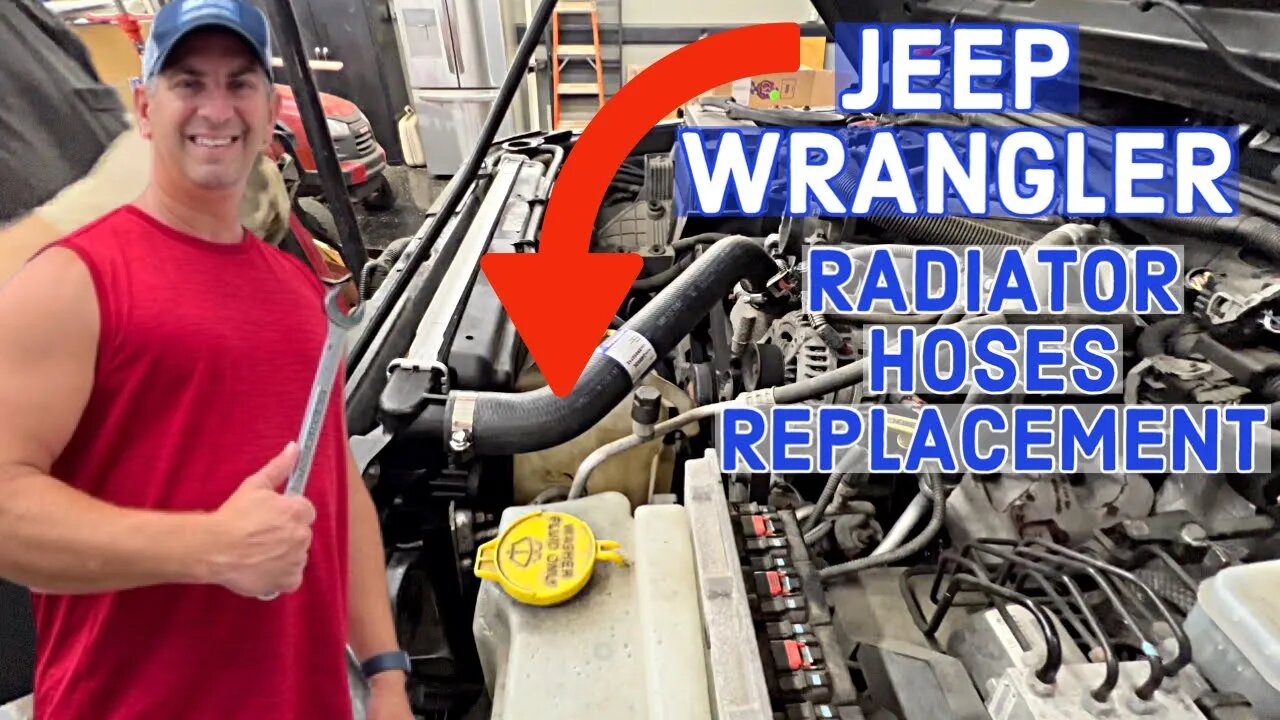
How To Replace The Upper And Lower Radiator Hoses On A Jeep Wrangler
This video will show you How To Replace The Upper And Lower Radiator Hoses On A Jeep Wrangler
🔧Buy Antifreeze: https://amzn.to/3ZiBlKp
🔧Buy Upper Radiator Hose: https://amzn.to/3reHavP
🔧Buy Lower Radiator Hose: https://amzn.to/3LmRfOc
#jeep #jeepwrangler #radiatorhose
Replacing the upper and lower radiator hoses on a Jeep Wrangler involves a few steps. Here's a general guide to help you through the process. Keep in mind that this is a general overview and specific details might vary depending on the exact model and year of your Wrangler.
Tools and materials you'll need:
New upper and lower radiator hoses
Screwdriver or hose clamp pliers
Drain pan (for coolant)
Coolant (if needed)
Jack and jack stands (if needed)
Socket set
Hose clamp kit (optional, if the old clamps are worn)
Steps:
Safety First:
Ensure the engine is cool. Never work on a hot engine, as the coolant system can be pressurized and cause burns.
Make sure your Jeep is on a flat, stable surface. If necessary, use jack stands to secure the vehicle.
Drain the Coolant:
Place a drain pan under the radiator drain plug.
Open the radiator cap to allow air in, then carefully open the drain plug. Let the coolant flow into the pan.
Dispose of the old coolant properly.
Locate the Hoses:
The upper hose connects the top of the radiator to the thermostat housing on the engine. The lower hose connects the bottom of the radiator to the water pump.
Remove Old Hoses:
Use a screwdriver or hose clamp pliers to loosen the hose clamps at both ends of the hoses.
Gently twist and pull the hoses off the connections. If they're stuck, you might need to carefully use a flathead screwdriver to help pry them off.
Inspect and Clean:
Check the hose connections for any signs of corrosion, leaks, or damage. Clean the connections if needed.
Install New Hoses:
Slide the new hoses onto the connections. Ensure they fit snugly but not too tight.
Slide hose clamps over the ends of the hoses and position them about 1/4 inch from the ends.
Tighten Clamps:
Use a screwdriver or hose clamp pliers to tighten the hose clamps. Make sure they are secure but not overly tight, as this can damage the hoses.
Refill Coolant:
Close the radiator drain plug.
Slowly pour a 50/50 mixture of coolant and water into the radiator until it reaches the full mark.
Leave the radiator cap off for now.
Bleed the System (if needed):
Some vehicles may have air pockets after a coolant change. Start the engine and let it run for a few minutes, then shut it off and let it cool.
Check the coolant level and top up if necessary.
Check for Leaks:
Start the engine and let it warm up. Check for any signs of coolant leaks around the hose connections.
Recheck Coolant Level:
After the engine cools down, recheck the coolant level and top up if necessary.
Dispose of Old Coolant:
Take the old coolant to a recycling center or dispose of it according to local regulations.
Always refer to your specific Jeep Wrangler's manual for any model-specific details or considerations. If you're unsure about any step, it's recommended to consult a professional mechanic.
Disclaimer
Our videos are for entertainment purposes only. It is recommended that you seek advice or help from a qualified professional while attempting any and all repairs.
Do-it-yourself repairs can involve risk and injury, we assume no responsibility or liability for losses, damages, or injuries that include but are not limited to direct, indirect, special, incidental, actual, consequential, or punitive. All repairs performed by our viewers are at your own risk.
While we do review products that we use daily or have even used for years, we also review and test products for companies that have compensated us to try their product out. We are independently owned, the opinions expressed are our own from personal experience while using any and all products.
We are a participant in the Amazon Services LLC Associates Program, an affiliate advertising program designed to provide a means for us to earn fees by linking to Amazon.com and affiliated sites. Recommended products with links may be commission-based when products are purchased from them.
-
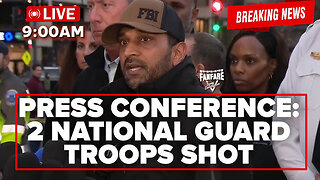 1:33:31
1:33:31
Barry Cunningham
11 hours agoBREAKING NEWS: KASH PATEL AND DOJ HOLD PRESS CONFERENCE UPDATE ON NATIONAL GUARD ATTACK
96.3K31 -
 1:22:22
1:22:22
iCkEdMeL
2 hours ago $4.76 earned🔴 BOMBSHELL: DC Shooter Worked With CIA-Backed Unit in Afghanistan, Officials Say
8.82K1 -
 17:28
17:28
Tactical Advisor
1 day agoComparing the NEW Cloud Defensive EPL
6.22K1 -
 LIVE
LIVE
freecastle
10 hours agoTAKE UP YOUR CROSS- THANKSGIVING MUSIC EXTRAVAGANZA!
63 watching -
 57:54
57:54
A Cigar Hustlers Podcast Every Day
6 hours agoCigar Hustlers Podcast Evere Week Day w/Steve Saka
4.92K1 -
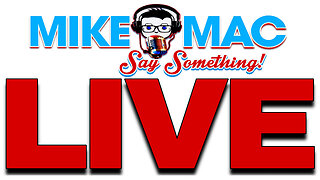 1:09:06
1:09:06
Mike Mac - Say Something
17 hours agoSAY SOMETHING w/ MIKE MAC
3.31K -
 30:15
30:15
DeVory Darkins
11 hours agoTrump drops NIGHTMARE NEWS for Afghan refugees after National Guard Shooter is identified
149K176 -
 LIVE
LIVE
Lofi Girl
3 years agolofi hip hop radio 📚 - beats to relax/study to
304 watching -
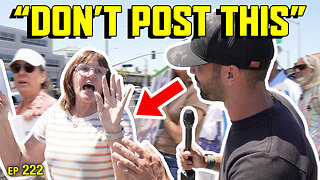 23:47
23:47
James Klüg
1 day agoAnti-Trumpers SNAP When I Arrive
32K37 -
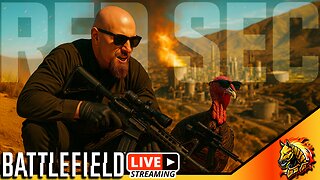 LIVE
LIVE
FyrBorne
5 hours ago🔴Battlefield REDSEC Live M&K Gameplay: Turkey'ing Day
98 watching